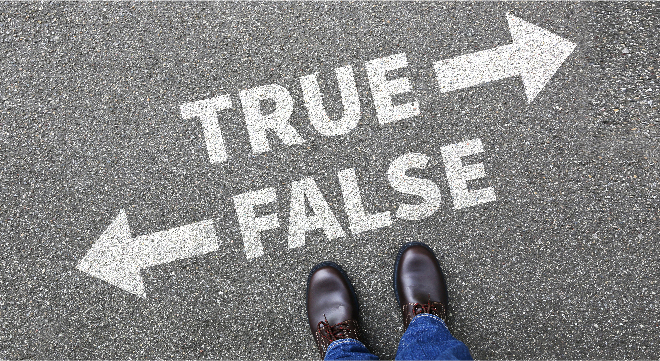The Financial Services Tribunal (FST) has set aside and remitted the debarment of a Sanlam representative in a case that followed a pattern similar to many debarment reconsideration applications: a client produces an affidavit stating that he or she did not apply for a product but recants the allegations in a second affidavit.
The tribunal said the pattern was:
- A financial services representative (FSR) writes a policy for a client.
- The client, after having paid one or more premiums by way of a stop order, cancels the stop order and reclaims whatever was paid.
- When asked why, the client produces an affidavit alleging that he or she did not apply for the product and denies the signature.
- The FSP conducts a forensic investigation during which the client confirms the content of the affidavit.
- The FSR, in turn, disputes this and alleges that the client suffers from buyer’s remorse.
- Shortly before the debarment proceedings or after debarment, the FSR produces a second affidavit from the client expressing remorse for having made the first affidavit and providing some excuse for it.
“In this case, it was that the client had not realised that the first deduction would have been so soon and that he had panicked because he had heard that the policy scheme was a scam.”
The dilemma in these cases is to decide which affidavit states the truth, the FST’s deputy chairperson, Judge Louis Harms, said.
“Second affidavits are suspect. No-one appreciates that there is something like statutory perjury, which is a crime.”
Sanlam Emerging Markets (SEM) debarred the representative, “AT”, after a forensic investigation concluded that the client’s signatures on the policy documents had been forged.
According to the FST’s decision, there were discrepancies between the client’s names and signature in his identity document and those on his affidavits and the policy documents.
AT submitted that the differences between the signatures might be because the client signed the documents in a hurry – his employer required him to be somewhere else.
AT also said she might not have heard the client correctly when he pronounced his surname.
‘Wrong’ number
But what particularly resulted in Judge Harms questioning the client’s version, in his original affidavit, was a discrepancy involving a cellphone number.
There were two numbers, an 082 and an 067 number, on the application documents.
“The complainant denied any knowledge of the 067 number, and forensics established that the number belonged to no-one.” But Judge Harms said this was wrong because he checked.
“This is where the problem arises. The complainant gave both numbers as his telephone numbers in his withdrawal affidavit. That means that his earlier denial of the 067 number was false and that the deduction that the use of the number on the forms by the applicant was part of her forgery cannot be correct.”
There were other problems with the client’s version, such as why he had given the representative his personal details and banking information.
Regarding the signatures, Judge Harms said people are known to use two signatures.
“The ‘forged’ signatures appear to be too similar to have been the result of forgeries by a non-expert,” he said.
He did not think that the representative’s version of her interaction with the client was, on the probabilities, false.
The FST set aside the debarment and sent it back to SEM for reconsideration.



